Deciphering the physiological advantage of an invasive exotic species (the windmill palm) over native species in a hotter and drier future
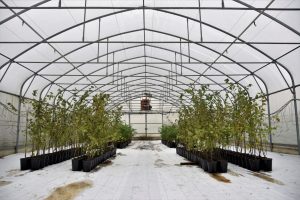
The invasion of ecosystems by non-native species is one of the largest threats for biodiversity and ecosystem functioning worldwide. To control the spread of non-native plants, it is crucial to understand by which mechanisms they outperform native vegetation. Yet, despite the considerable applied relevance, progress in the search for traits conferring high invasiveness has been slow.
The project aims at understanding the physiological traits driving the competitive strength of the non-native windmill palm in insubric forests. We want to assess the temporal trait dynamics that allow the palm to efficiently acquire and conserve water and carbon, successfully reproduce, and outcompete native vegetation in the forests of the southern Alps.
Understanding the mechanisms that confer high invasiveness, and the response of native and invasive species to climate variability is a prerequisite for the development of ecological forecasting tools and will support restoration efforts in this region.
The work takes place in 6 sites in Spain, France and Switzerland.
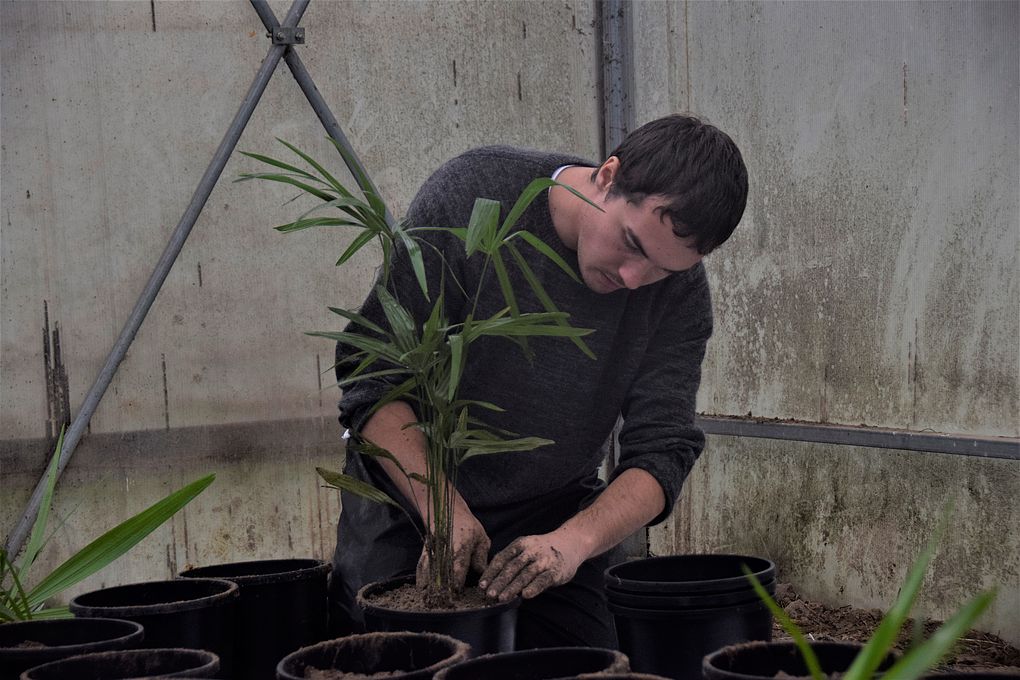
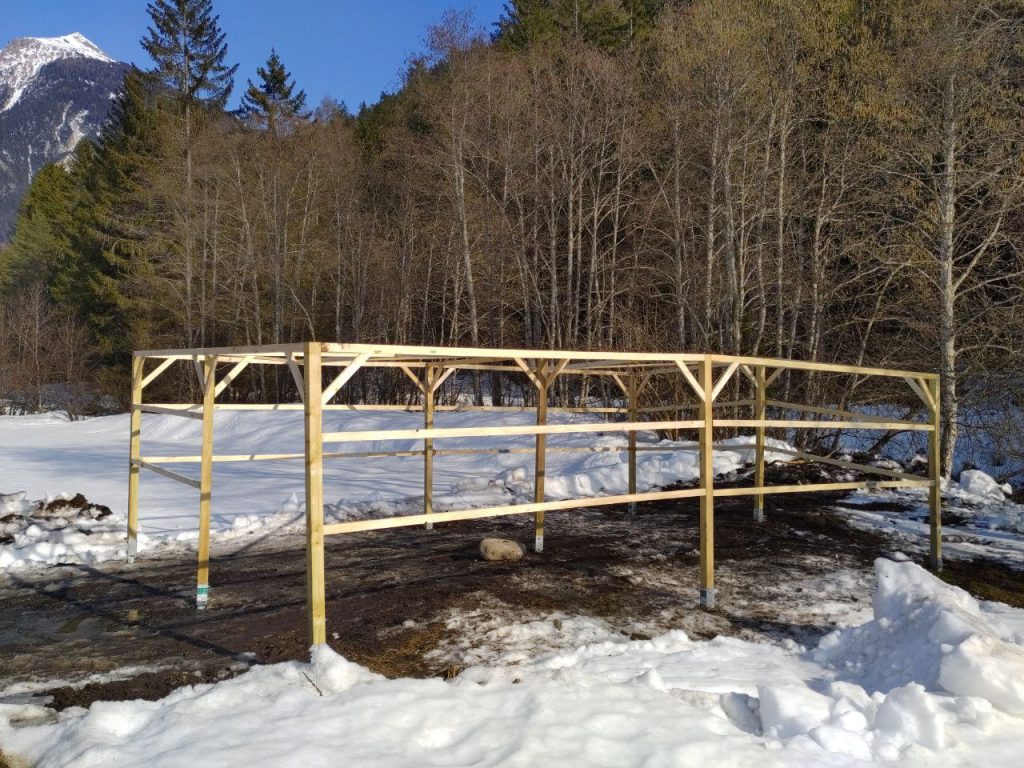
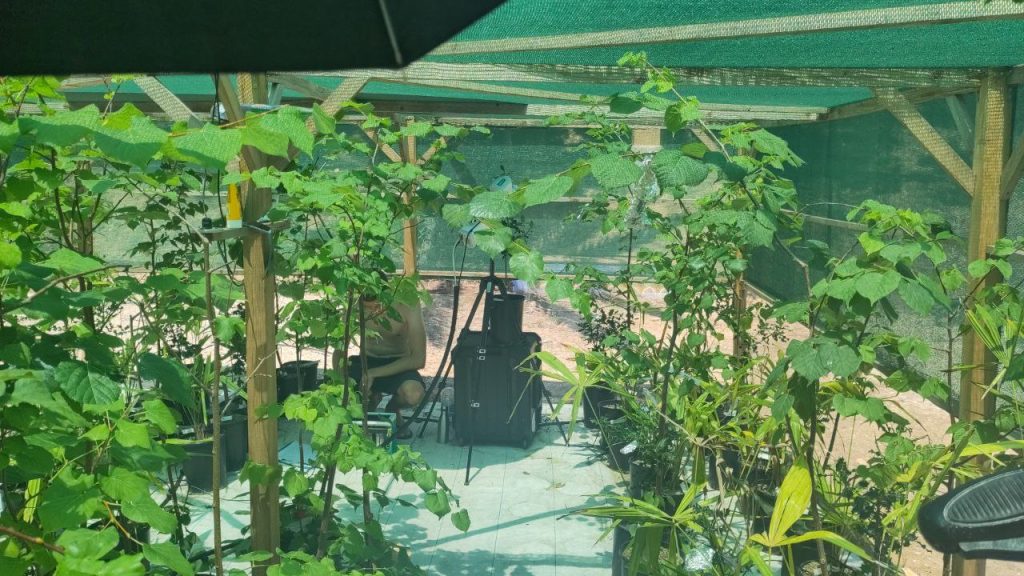
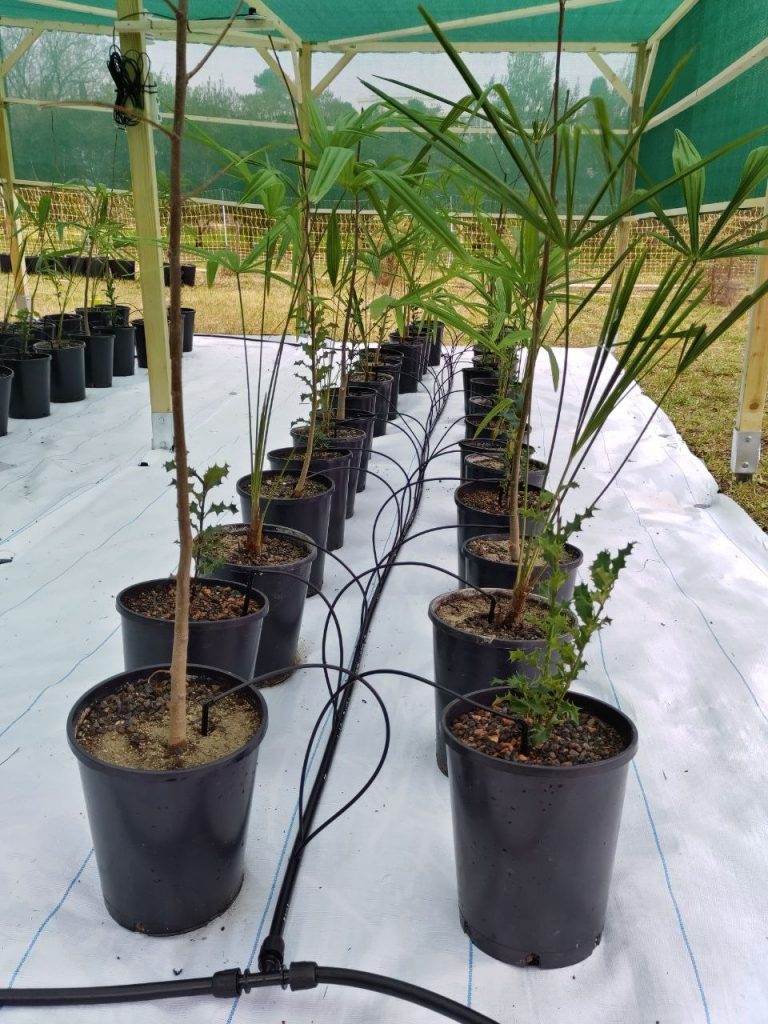
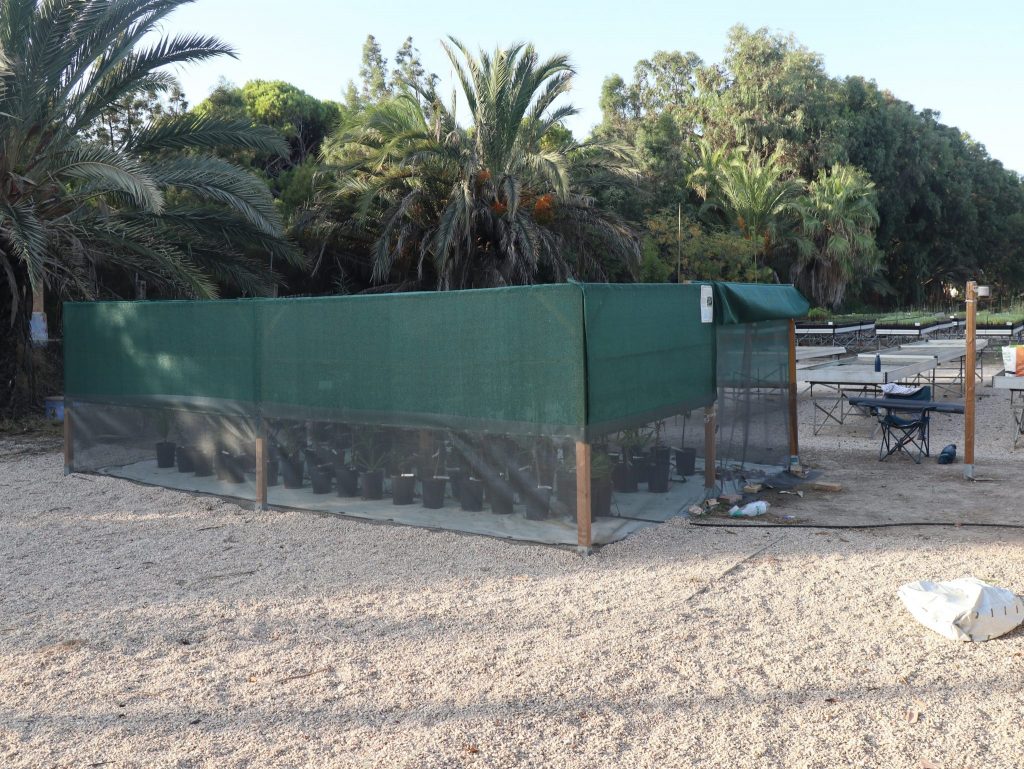
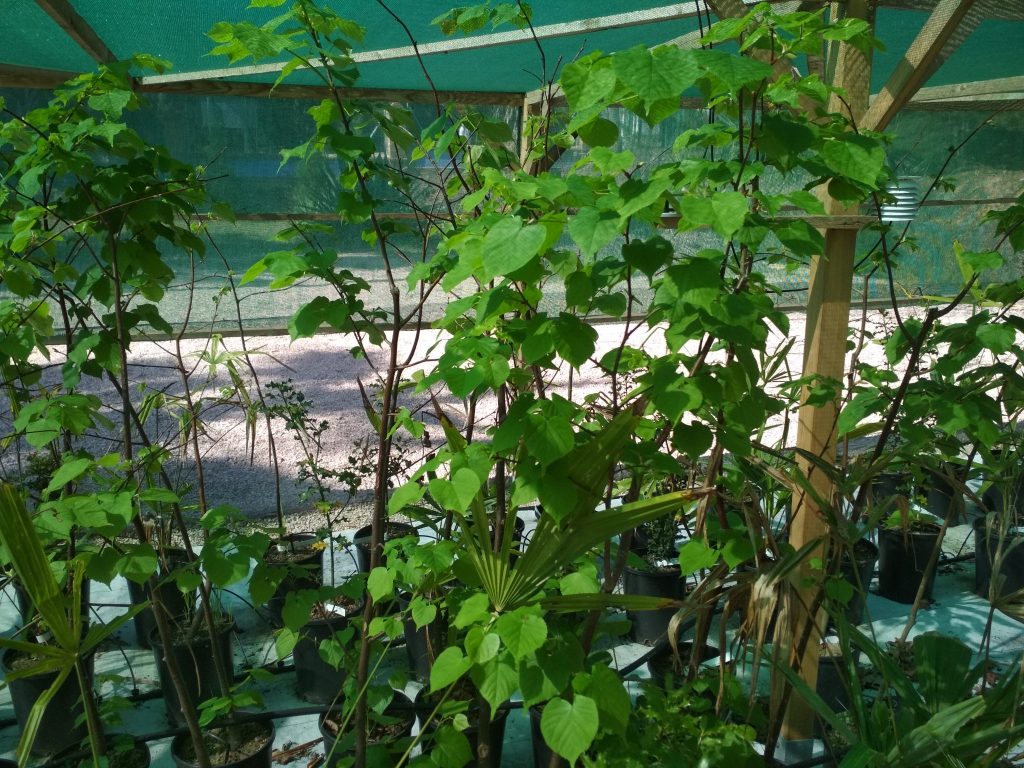
For more information contact Thibaut Juillard.